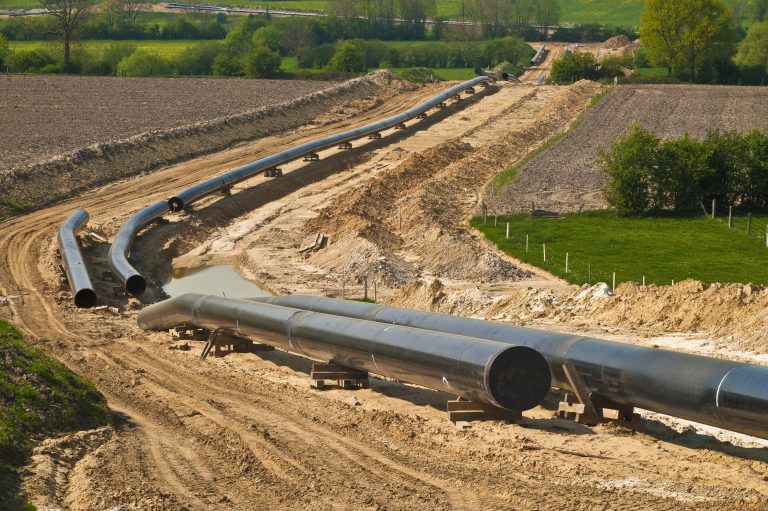Court Finds Regulators Were Correct in Approving Line 5 Contingency Plan
The 6th U.S. Circuit Court of Appeals last week found the Pipeline and Hazardous Materials Safety Administration (PHMSA) acted appropriately when they approved Enbridge’s plan to address potential spills from its Line 5 oil pipeline in Michigan, reversing a lower court’s decision calling for the federal agency to conduct further analysis before approving the response plan. Line 5 transports crude oil and natural gas liquids from Wisconsin to Ontario, crossing through the Straits of Mackinac in northern Michigan.
As part of an ongoing effort to halt the upgrades and continued operation of the pipeline, environmental activist groups had challenged PHMSA’s approval of Line 5’s contingency plan in the rare event of a spill. They claimed PHMSA should have assessed whether the response plan also complied with the Clean Water Act, Endangered Species Act, and National Environmental Policy Act.
But last week’s determination from the 6th Circuit found Enbridge had satisfied the six statutorily defined criteria, rejecting the challengers’ argument that PHMSA had to consider additional environmental criteria that were outside of the law.
Such extraneous legal challenges have become all too common in the anti-energy activism playbook, as activists have extended efforts from protesting at work sites to propagating legal and regulatory challenges – continuing to seek new tactics to halt further development of fossil fuel infrastructure. Enbridge has taken steps to further bolster pipeline safety standards by proposing the construction of a protective tunnel around the pipeline where it crosses the Straits – a project that has become a political target for environmental activists, despite the clear environmental benefits. Both Michigan’s Democratic Governor Gretchen Whitmer and Attorney General Dana Nessel have called for the critical infrastructure to be shut down.
A number of state and federal regulators already perform a rigorous review and permitting process before ultimately granting the necessary approvals. Rather than creating more red tape and time-consuming, bureaucratic hurdles for infrastructure investment, regulators and policymakers must ensure a straightforward permitting and approval process with reasonable timelines and regulatory consistency.

